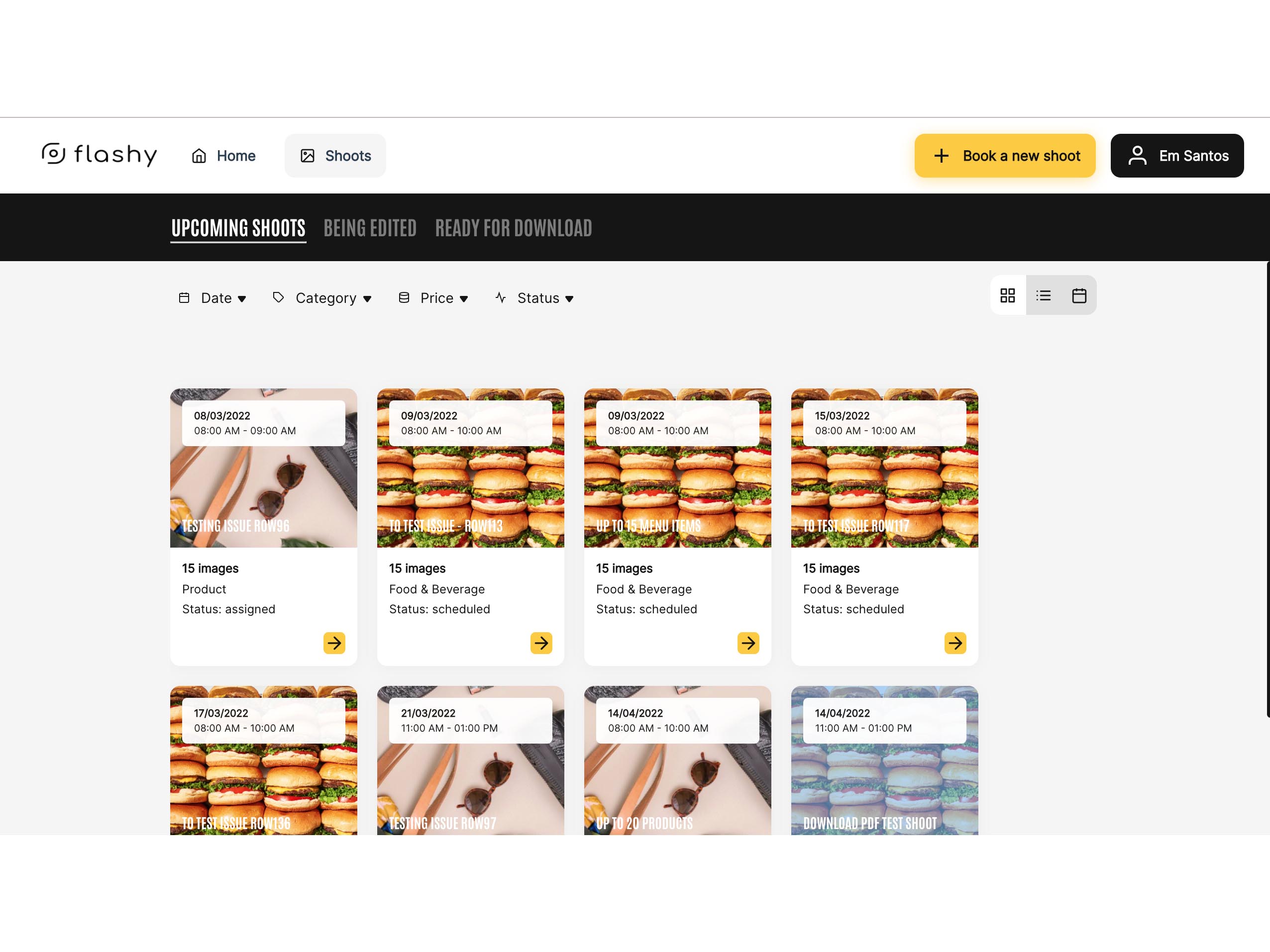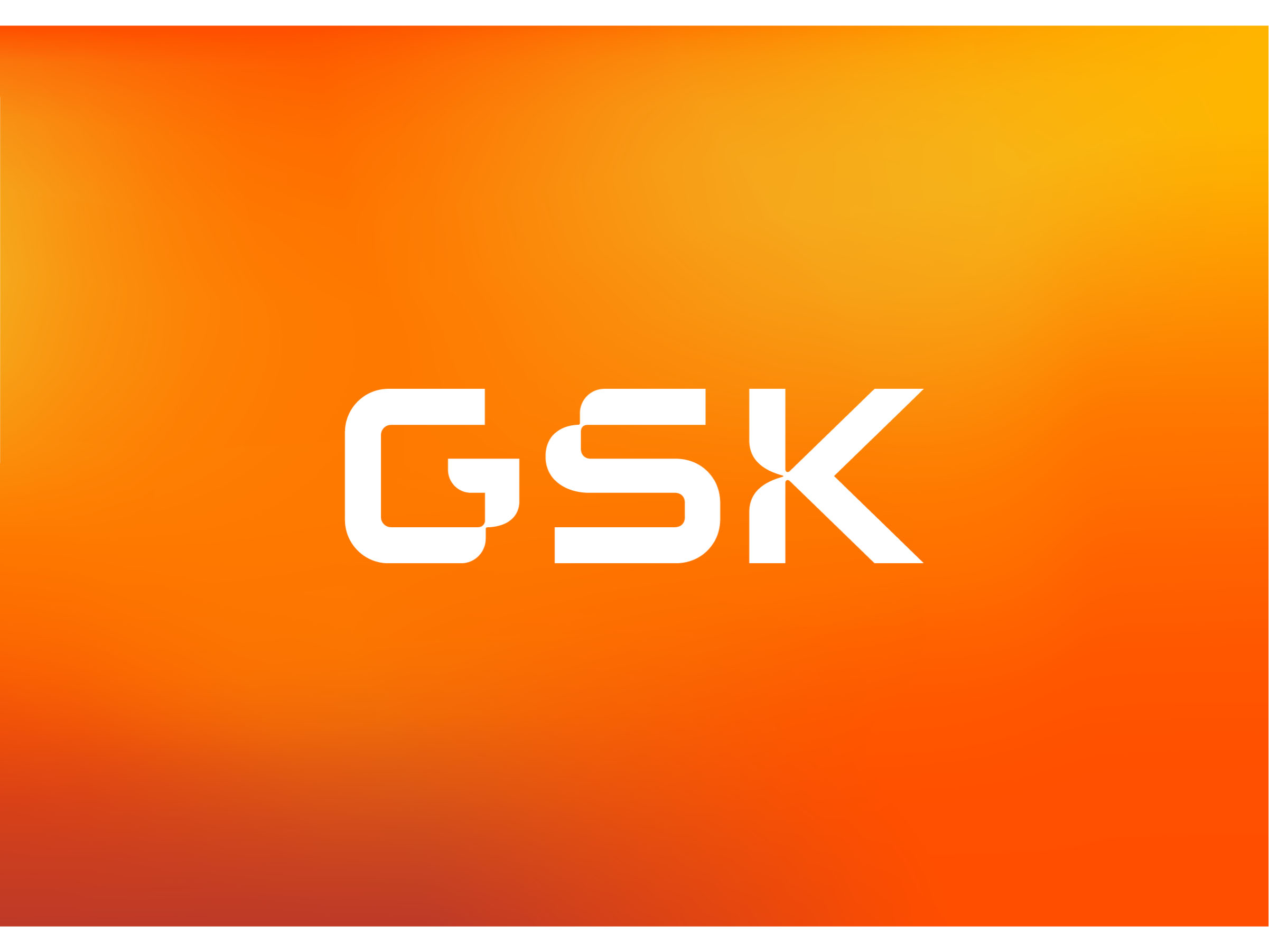News - Digital/Tech
Leveraging audience segmentation in CTV sports advertising
by Gagan Uppal, Xapads MENA
July 2, 2024

Backing it, sports sponsorship is projected to grow at a compound annual rate of 8.68% until 2030, which in turn fuels the rapidly expanding sports advertising market (Statista). This can be done by harnessing the power of advanced data analytics, as advertisers can precisely target specific viewer segments, ensuring their messages resonate with the right audiences at the right times.
This approach will not only enhance the effectiveness of advertising campaigns but will also drive higher ROI by delivering personalized content that captures the attention of sports fans, fostering deeper connections.
To achieve this, an effective CTV advertising campaign can be a perfect brand strategy! its comprehensive targeting parameters such as affinity, time, behavior, and geography enable the brand to effectively segment the target audience into character-specific cohorts and effortlessly reach them with relevant messages.
The Power of Audience Segmentation
By leveraging audience segmentation based on factors such as purchase intent, regional preferences, gender, digital behavior, content, and language, advertisers can achieve greater ad relevance and a more engaging viewer experience.
This approach strengthens brand impact by delivering ads to the right audience at the right time, resulting in increased audience engagement with the brand. Also, CTV’s data-driven insights play a crucial role in providing real-time consumer insights on changing emotional triggers, preferred content types, and market trends, helping them proactively adapt to market changes and maintain a competitive edge in sports advertising.
During a football tournament, brands can achieve maximum relevance and engagement by segmenting the audience based on viewers' unique affinities and tailoring ad content to their regional languages. Additionally, scheduling ads during prime engagement hours ensures they reach the audience at the most impactful moments.
Also, brands can create different ads for different regions based on local sports preferences and cultural nuances, for instance: a beverage company can advertise differently in regions where cricket is more popular compared to those that favor football. This can significantly enhance brand outcomes like better campaign performance, a higher conversion and engagement rate with more effective viewer attention than traditional advertising. The best example of this can be a food delivery service that can run promotions during the Super Bowl, knowing that many viewers will be ordering food for the event.
Additionally, CTV advertising enables brands to engage and connect with a wider audience in the comfort of their homes and by leveraging premium inventories with a 100% viewability rate, giving brands a competitive edge in the market.
Moreover, viewership numbers also rise significantly during live sports streams, as many offices broadcast live matches for employees, allowing them to reach a large audience simultaneously.
Conclusion
Thus, by utilizing audience segmentation and CTV advertising in the realm of sports, brands can effectively engage with a diverse audience and experience significant market expansion. For this, accessing real-time data and implementing precise audience segmentation allows them to deliver impactful, customized ad experiences that captivate viewers and reinforce their position.
So, embracing this opportunity can help brands establish unprecedented connections with their audience and ensure that they participate in the season's fervor while standing out as champions in the advertising arena.
Lastly, as technology continues to evolve, the possibilities for innovation in this space are vast, promising even more effective ways to connect with sports fans worldwide.












